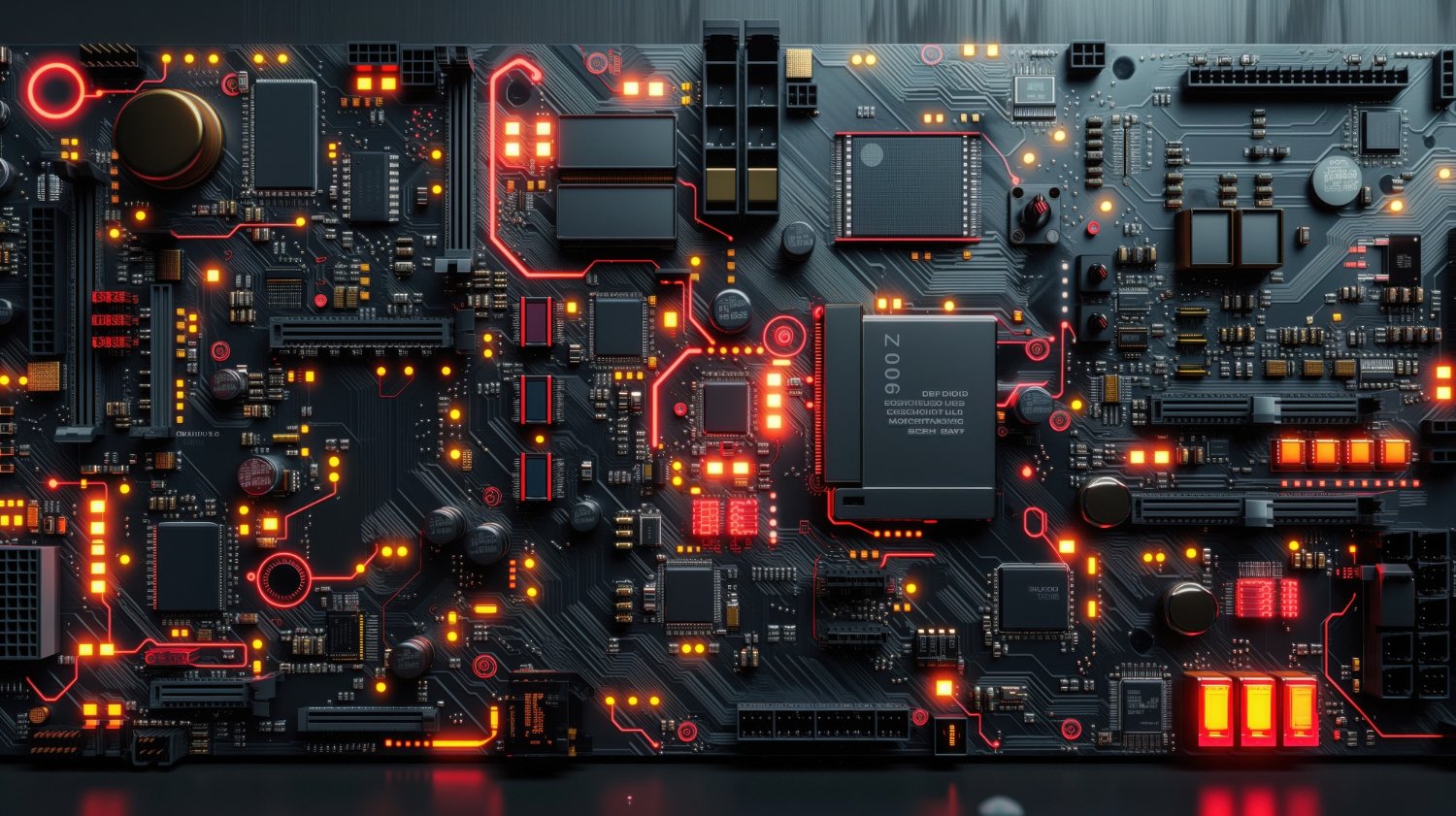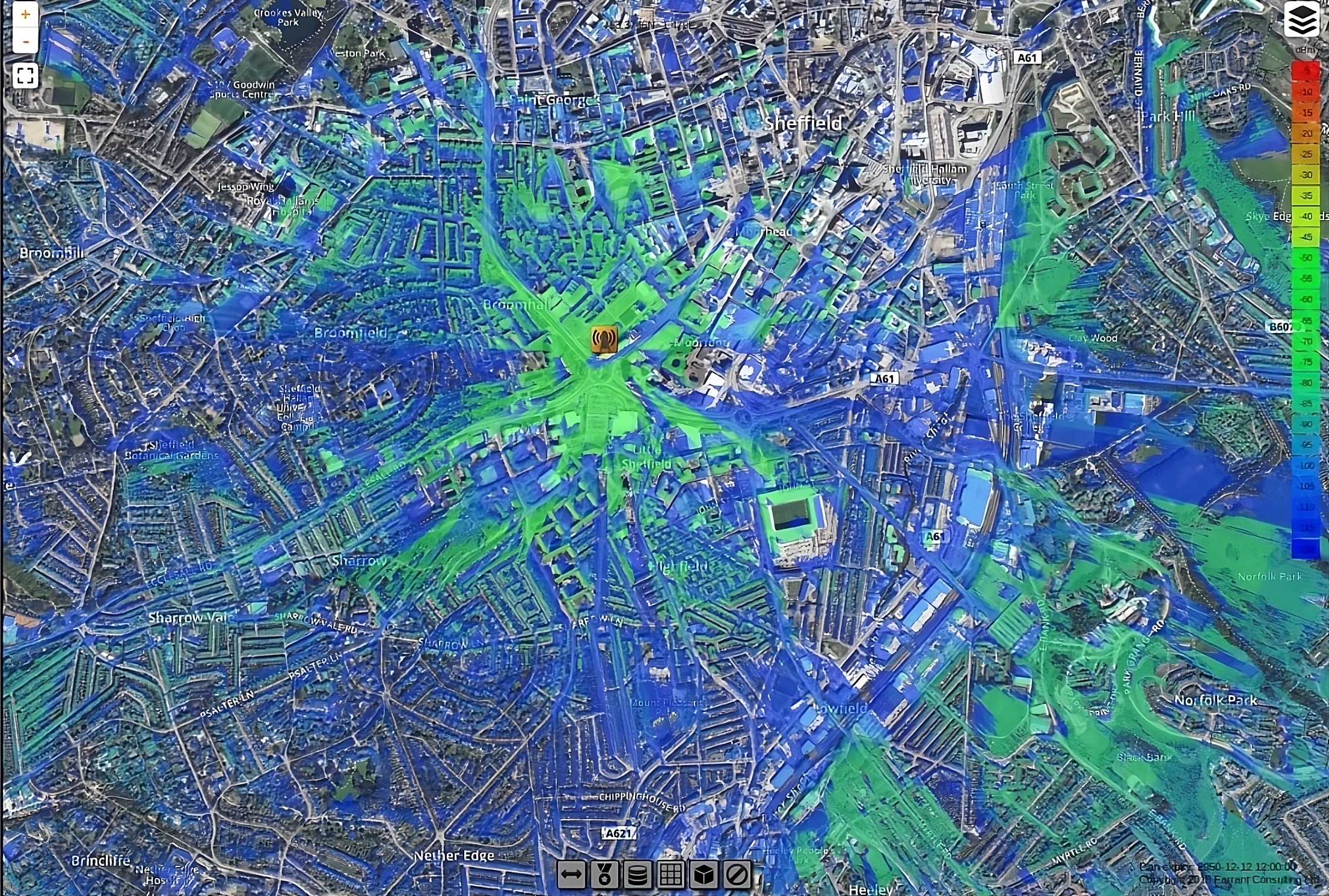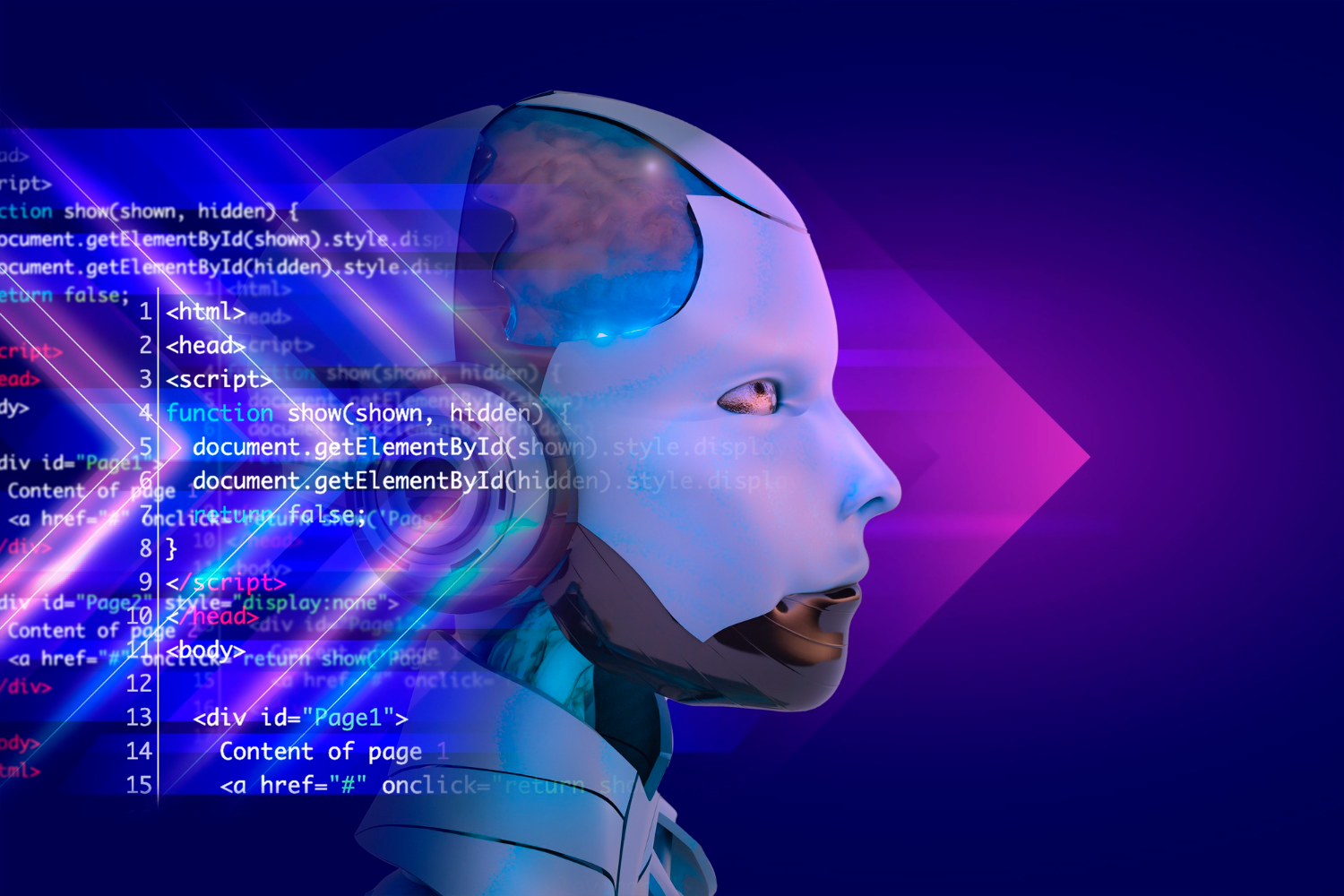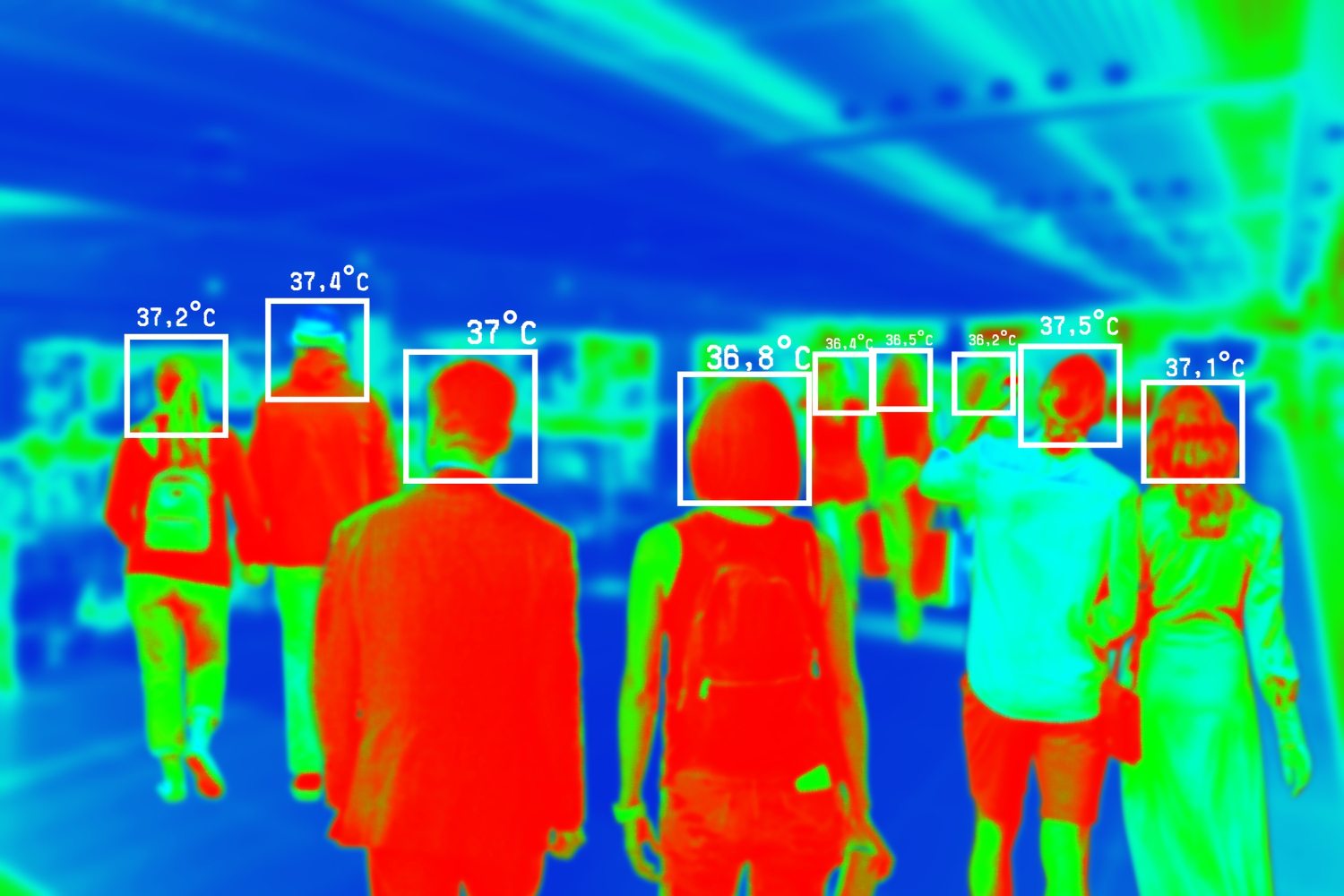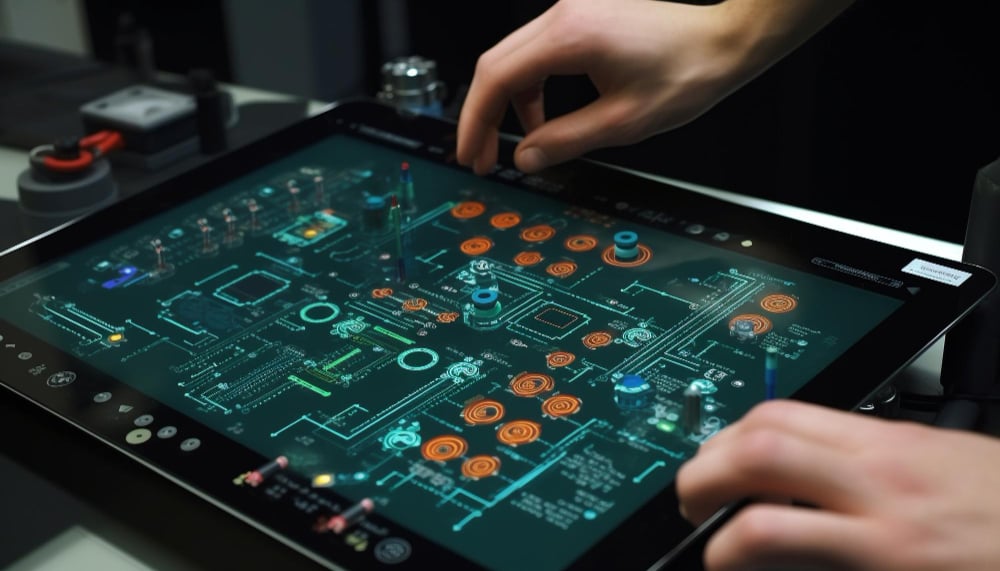Problem
Our client was a small to medium-sized enterprise (SME) that developed engineering planning applications. They had grown organically over time, and their founder was particularly excited about leveraging GPUs (Graphics Processing Units) to speed up their physics simulations. These simulations were a critical part of their pipeline.
The founder’s goal was to create a proof-of-concept to assess the potential speed-up that could be gained by utilising GPU technology. The results exceeded expectations, not only improving their current solutions but also opening doors for entirely new applications and capabilities that were previously out of reach.
Physics simulations are computationally expensive and often require vast processing power. Our client recognised that while their existing CPU-based system worked, it was limited in terms of speed and scalability. The need for faster, real-time simulations had become apparent, and GPUs, with their powerful parallel processing capabilities, seemed like the perfect solution.
Solution
We started by thoroughly analysing the relevant literature on physics simulation and GPU acceleration. Our research led us to design a novel algorithm that was inherently more efficient than the existing state-of-the-art solutions. This was possible because we implemented an approximation of brute-force simulations, inspired by techniques from other problem domains our engineers had encountered. These alternative approaches allowed us to create faster simulations without compromising too much on accuracy.
Once the initial concept was developed, we went through several iterations to refine the algorithm. As the requirements of the client expanded, we adapted our solutions accordingly. Most of these refinements were implemented on GPUs, which allowed us to take full advantage of their high parallel processing power.
The graphics processing unit (GPU) plays a crucial role in this kind of work, offering a significant advantage over traditional CPU-based simulations. While CPUs process tasks in a sequential manner, GPUs can handle thousands of operations at once. This is particularly important in physics simulation, where multiple variables need to be processed simultaneously to produce real-time results. By distributing the workload across hundreds or even thousands of GPU cores, we achieved significant performance gains.
At TechnoLynx, we provided our client with a family of algorithms that had a future-proof design. This flexibility meant that, depending on the strategic direction the client chose to pursue, these algorithms could be further improved or adjusted. Moreover, our approach allowed for an on-demand level of readiness and optimisation, ensuring the client had the tools they needed to address their evolving needs.
Throughout the project, our team remained flexible and incorporated commercial feedback from the client. There were a few scope changes as the project progressed, but we managed these in an agile fashion. In response to these changes, we developed utility functions alongside the core simulation algorithm to meet the client’s evolving requirements. These utility functions enhanced the usability of the simulations and allowed for easier integration into the client’s existing systems.
For this project, we relied almost exclusively on C++, CUDA, and CMake. These tools allowed us to build high-performance simulations that could run efficiently on dedicated graphics cards. Occasionally, we used Python and NumPy for fast prototyping, which enabled us to test new ideas and iterations quickly. Our task management practices ensured that we achieved a high level of multi-core utilisation, making sure the GPUs were fed with data efficiently.
Another challenge we addressed was maintaining compatibility with different operating systems and compilers. The video cards used for the project required specific optimisations depending on the environment, so we made sure that the code was compliant with a variety of setups, ensuring consistent performance across the board.
Result
In the end, TechnoLynx successfully delivered a new simulation core that met and exceeded the client’s expectations. The runtime performance was excellent, proving that GPUs could indeed be applied effectively in this domain. The new core allowed for a visually appealing model of the required physical phenomena, which greatly improved the user experience (UX). The simulations were not only faster but also more detailed and interactive, providing new features that the previous CPU-based system could not support.
Our solution also demonstrated how ray tracing and 3D graphics could be applied to physics simulations to enhance the visual representation of the data. Ray tracing, which simulates the way light interacts with objects in a 3D environment, provided more realistic lighting effects, contributing to the improved UX. This was particularly valuable for our client, as it allowed them to present their simulations in a way that was both accurate and visually engaging.
As the project progressed to a higher readiness level, we also developed rudimentary testing and utility tools on an on-demand basis. These tools enabled the client to integrate the new simulation core seamlessly into their existing system. Several current and recent use cases were evaluated using these tools, allowing the client to test the new system in real-world scenarios.
Our team worked closely with the client throughout the project, helping them identify areas for future improvement. By the time the project concluded, we had not only delivered the required GPU-accelerated physics simulations but also provided a roadmap for future developments. The flexibility of the algorithms we provided means that the client can continue to evolve their solutions as their business grows.
One of the key takeaways from this project is the importance of real-time simulations in engineering applications. Dedicated graphics cards and discrete GPUs played a crucial role in achieving the required performance improvements, making it possible for the client to run complex simulations in real time. This ability to process data quickly and efficiently is essential in today’s fast-paced business environment, where delays in processing can result in missed opportunities.
High-performance video cards and discrete GPUs were essential components of this solution. By leveraging the power of these specialised pieces of hardware, we were able to provide the client with a significant performance boost. This demonstrates the potential of GPU technology in a wide range of applications, not just in traditional graphics-related tasks but also in areas like deep learning, virtual reality, and physics simulations.
3D graphics and virtual reality are becoming increasingly important in industries that rely on real-time simulations and interactive models. As GPUs continue to evolve, with improved clock speeds and better support for ray tracing and 3D graphics, the potential for even more advanced simulations grows. In the future, we can expect to see even more impressive results as the hardware continues to improve.
Finally, by utilising integrated graphics alongside dedicated GPUs, we were able to strike a balance between performance and flexibility. This approach allowed us to offload the most computationally intensive tasks to the GPU, while still maintaining the overall efficiency of the system.
Conclusion
This project demonstrated the power of GPU acceleration in physics simulations, providing the client with a cutting-edge solution that not only improved their existing processes but also opened up new possibilities for future development. The combination of dedicated graphics cards, advanced algorithms, and flexible software design enabled our client to achieve significant performance improvements. Additionally, the use of best practices in task management and code development ensured that the solution was both scalable and future-proof.
At TechnoLynx, we are committed to providing innovative solutions that help our clients stay ahead in a rapidly evolving technological landscape. Whether it’s GPU acceleration, deep learning, or advanced 3D graphics, we have the expertise to deliver high-performance solutions tailored to our clients’ specific needs. This project is just one example of how we can help businesses unlock the full potential of their technology stack, driving innovation and success in their industry.
Image credits: Freepik

